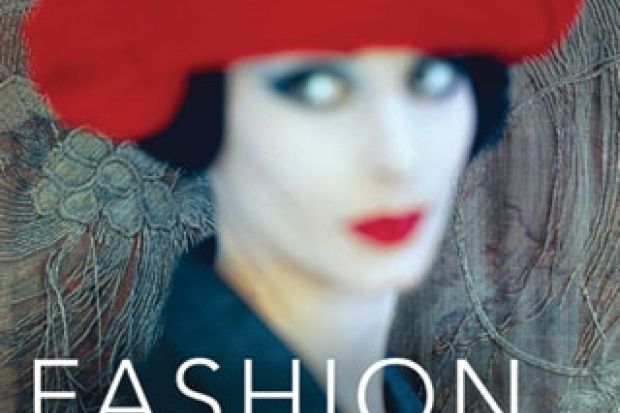When I am an old woman I shall wear purple,” wrote Jenny Joseph in her 1961 poem Warning, “With a red hat that doesn’t go, and doesn’t suit me”.
Not so, says Julia Twigg in this fascinating discussion of what happens to our sense of fashion as we reach later life. As she puts it, “age is not just peripheral to fashion but positively erosive of it”. Drawing on interviews with those who wear, sell and write about fashion, Twigg addresses a range of questions about how we negotiate fashion as we get older. Her conclusions are alarming, not only for dedicated followers of fashion but for the majority of the population who on a daily basis confront the question: “What to wear?” Central to Twigg’s thesis is that with age we become estranged from the world of fashion, wearing “rectangles and squares” in sombre colours with little ornamentation, instead of choosing clothes that fashionably drape and shape our older selves, and are part of the present rather than the past.
Fashion and Age is based on interviews with fashion journalists and the design directors of clothing companies, as well as the individual stories of women in later life. Powerfully effective in their narration of everyday lives, these voices of older women range from a 59-year-old goth’s determination to wear what she likes to the recognition by an 80-year-old that “passing muster” still matters.
Alongside this, Twigg addresses critical debates about age, the body and dress that help to frame the interviews and give shape to her initial questions: how does fashion and the fashion world treat old age, and why is fashion preoccupied with the youthful and the transgressive rather than the everyday clothing needs of people over a lifetime? Twigg makes a strong case for age as a master identity comparable to gender, class and race, and persuades us that by studying clothing and age we can examine “the role of dress in the constitution of social difference”. We are reminded that youth is prized above all else and that we are judged not by how old we are but rather by how young we aren’t, and that “old age” is a slippery category contingent upon contexts such as history, geography, society, culture – although Twigg’s all-white interview sample misses an opportunity to explore the complexity of identities and fashion in contemporary Britain. She is particularly thoughtful when writing about members of the baby boomer generation who took issue with fashion by rejecting, recycling and redeploying it, and for whom ageing has posed challenging questions about fashion and bodily identity.
This book is a welcome addition to an expanding field, but despite the pairing of fashion with age in its title, Twigg rather sidesteps fashion and elides it into clothing and dress. We are told that “the focus of this book is clothing and dress rather than fashion itself” because “fashion denotes a particular sort of dress – the fashionable or the fashion-related – or a particular aesthetic realm – that of fashion and the cultural forces that create it”. While the author’s grasp of the nuances of interpretation of fashion, dress and clothing is excellent, this is rather dissipated as the book reflects upon dress and age rather than exploring the pivotal ways that fashion provides the structure of meaning for the processes of dressing, the acquisition of clothing and the dissemination of style as we grow older.
Fashion and Age: Dress, the Body and Later Life
By Julia Twigg
Bloomsbury, 184pp, £65.00 and £19.99
ISBN 9781847886965 and 6958
Published 4 July 2013




